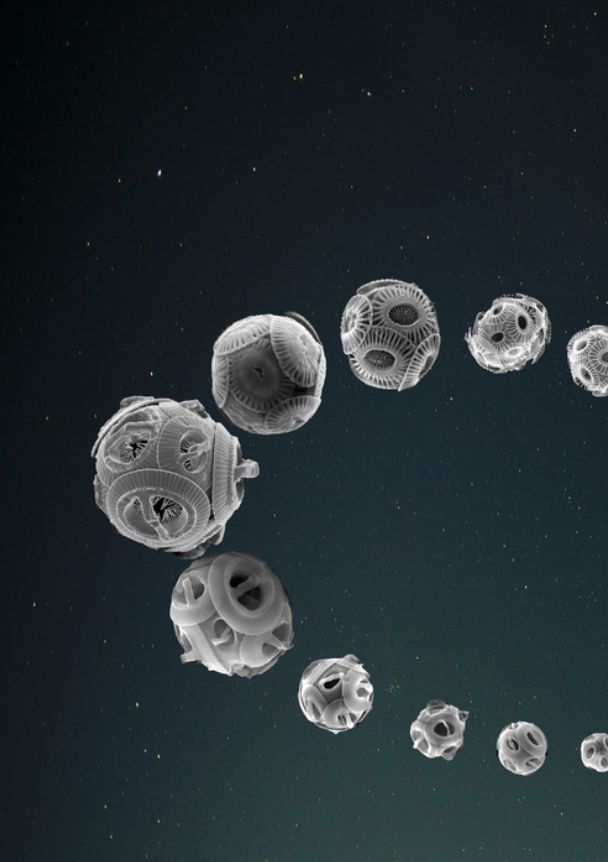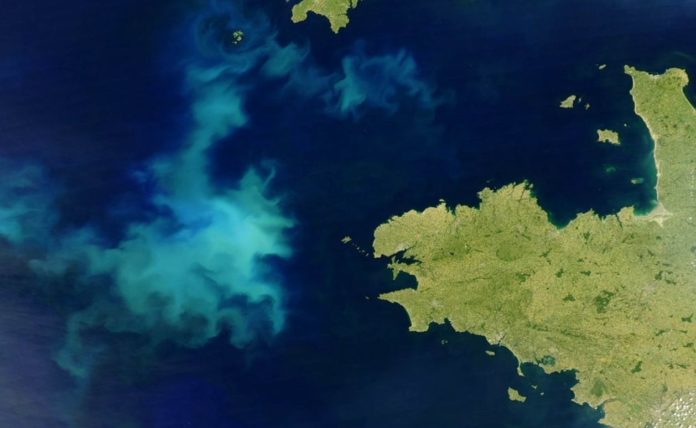Coccolithophores are microscopic algae that create tiny limestone plates, known as coccoliths, around their single cells.
Coccoliths vary in shape and size depending on the species. Coccolithophores drop to the ocean floor after death, and their coccoliths deposit in sediments, which faithfully preserve the animals’ precise evolution throughout geological time.
In a paper published in Nature on December 1, 2021, a team of scientists led by CNRS researchers explain that specific fluctuations in Earth’s orbit have altered the evolution of coccolithophores.
To do this, 9 million coccoliths were measured and identified utilizing automated microscopy techniques and artificial intelligence over a time range of 2.8 million years and several places in the tropical ocean.
The researchers discovered that coccoliths passed through cycles of greater and lesser diversity in size and shape, with rhythms lasting between 100 and 400 thousand years.
They also provide a possible explanation: the more or less circular shape of the Earth’s orbit around the Sun, which varies at the same rhythms. As a result, when the Earth’s orbit is more round, as it is today (this is known as low eccentricity), the equatorial regions show little seasonal change, and species that are not highly specialized dominate all of the oceans. Coccolithophores, on the other hand, diversify into numerous specialized species as eccentricity grows and more distinct seasons occur towards the equator, but collectively create less limestone.

Importantly, because of their number and global spread, these organisms are responsible for half of the limestone (calcium carbonate, partly made of carbon) produced in the seas, and hence play a significant role in the carbon cycle and regulating ocean chemistry.
As a result, the cyclic abundance patterns of these limestone producers are believed to have played a crucial role in ancient climates, and may explain previously inexplicable temperature fluctuations in past warm eras.
In other words, in the absence of ice, the biological evolution of microalgae may have set the pace of climatic change.
This hypothesis has yet to be proven.
Source: 10.1038/s41586-021-04195-7
Image Credit: Getty
You were reading: When Earth’s orbital fluctuations influence biological evolution
